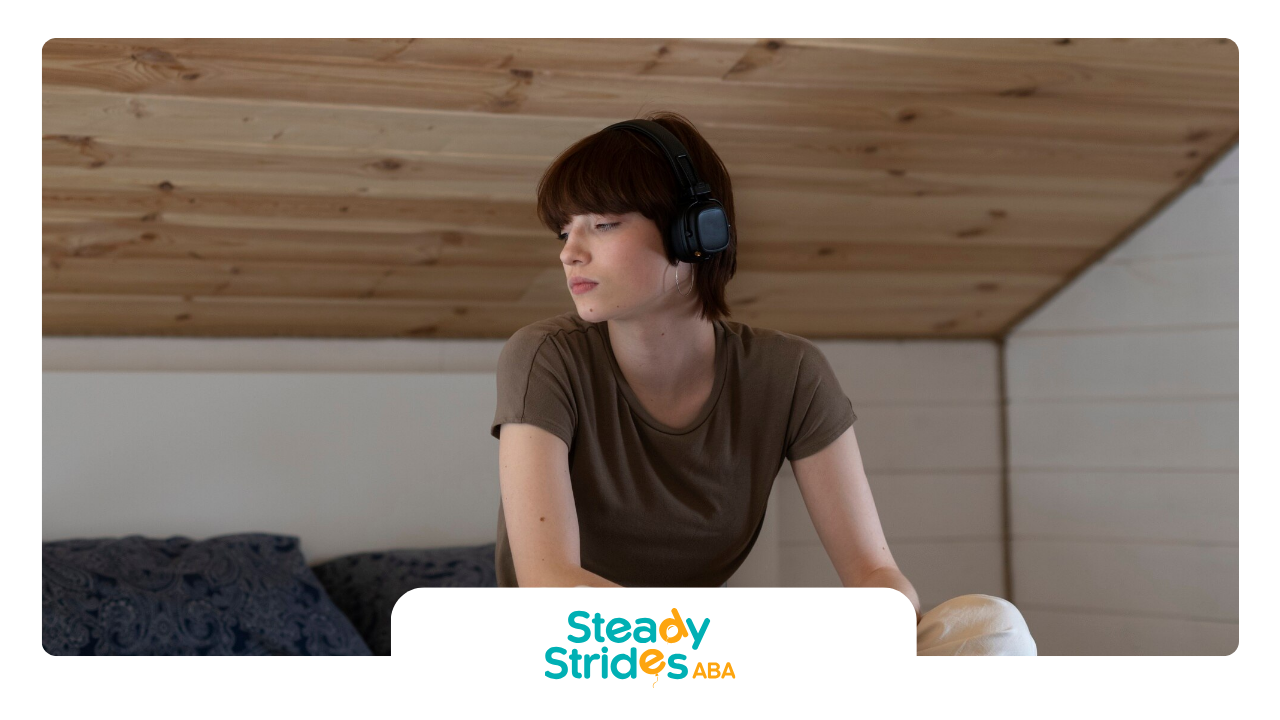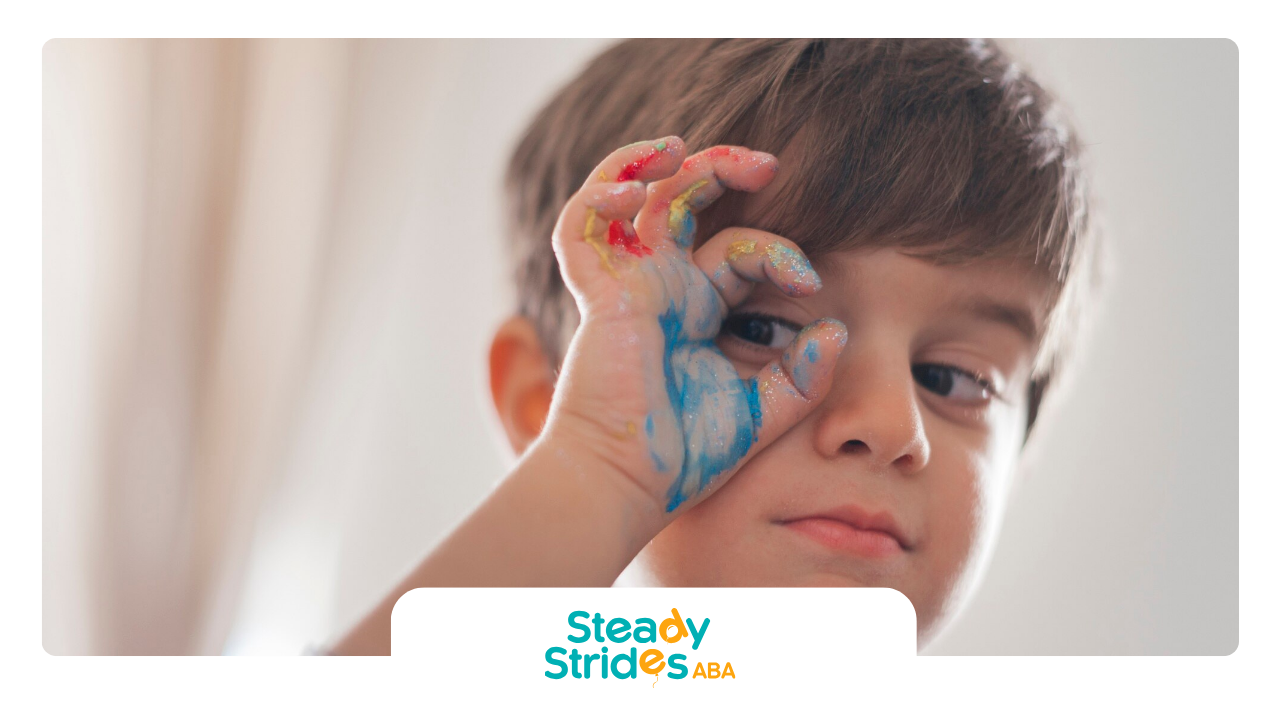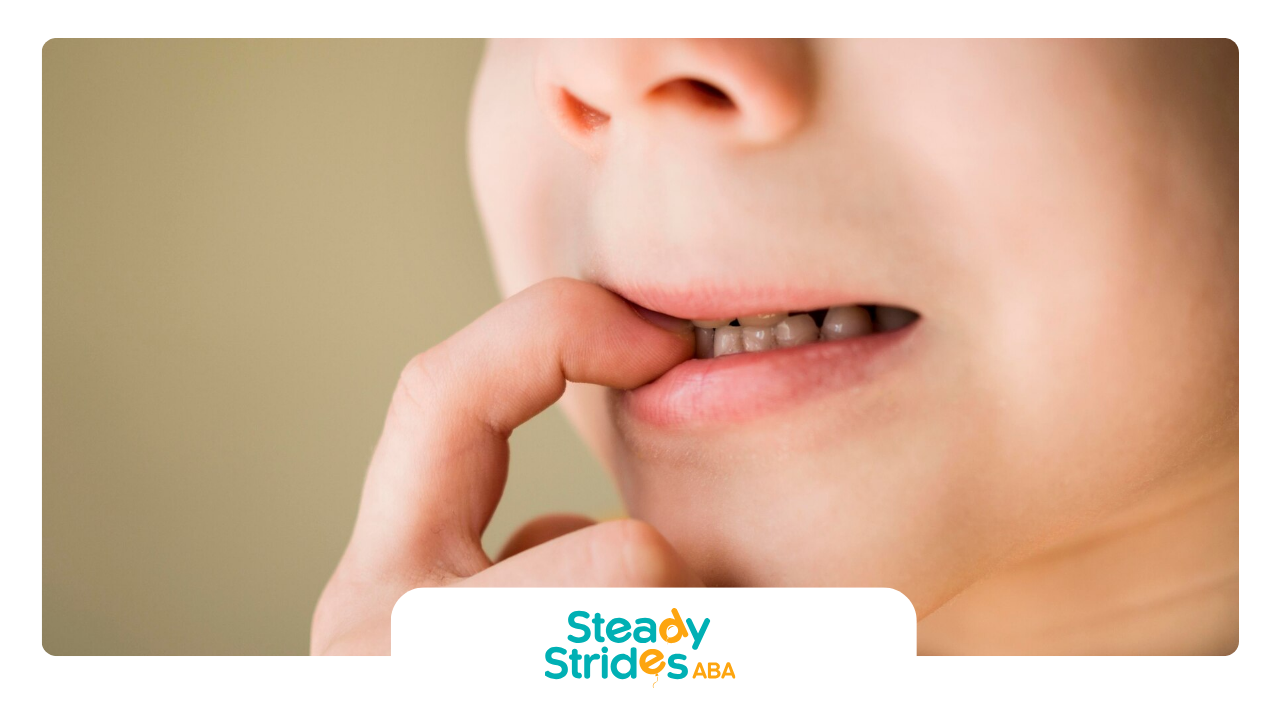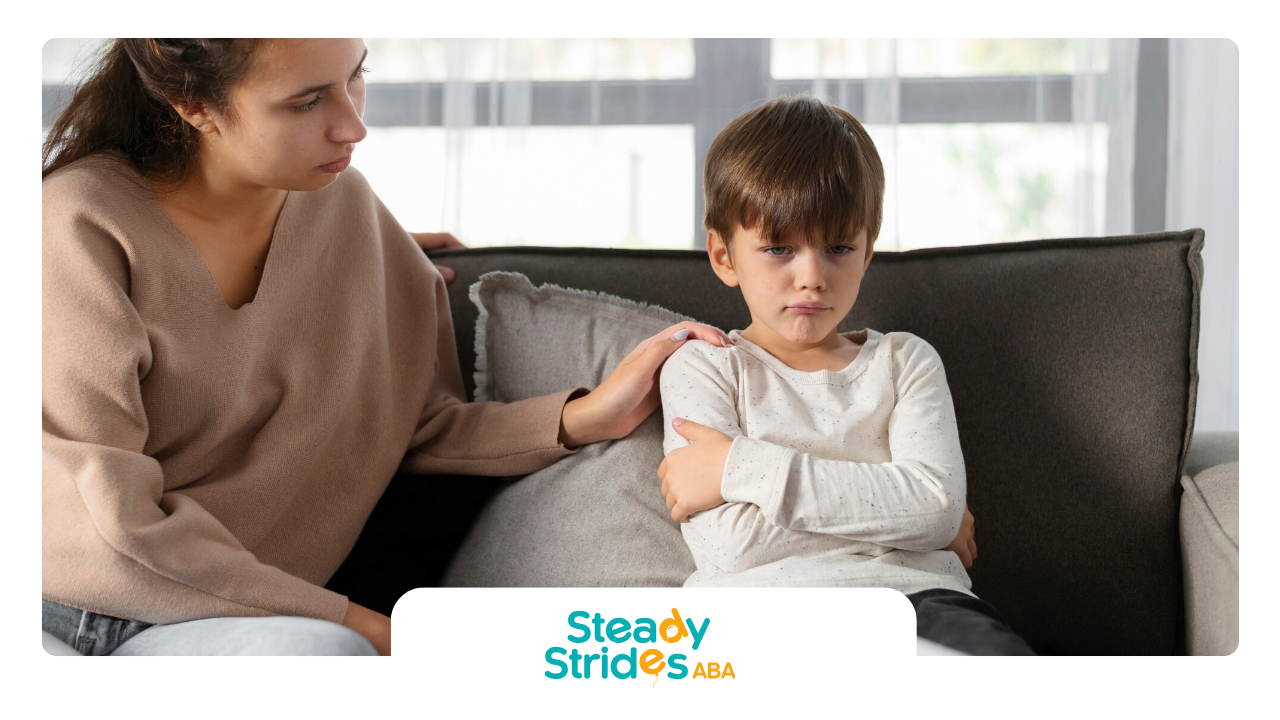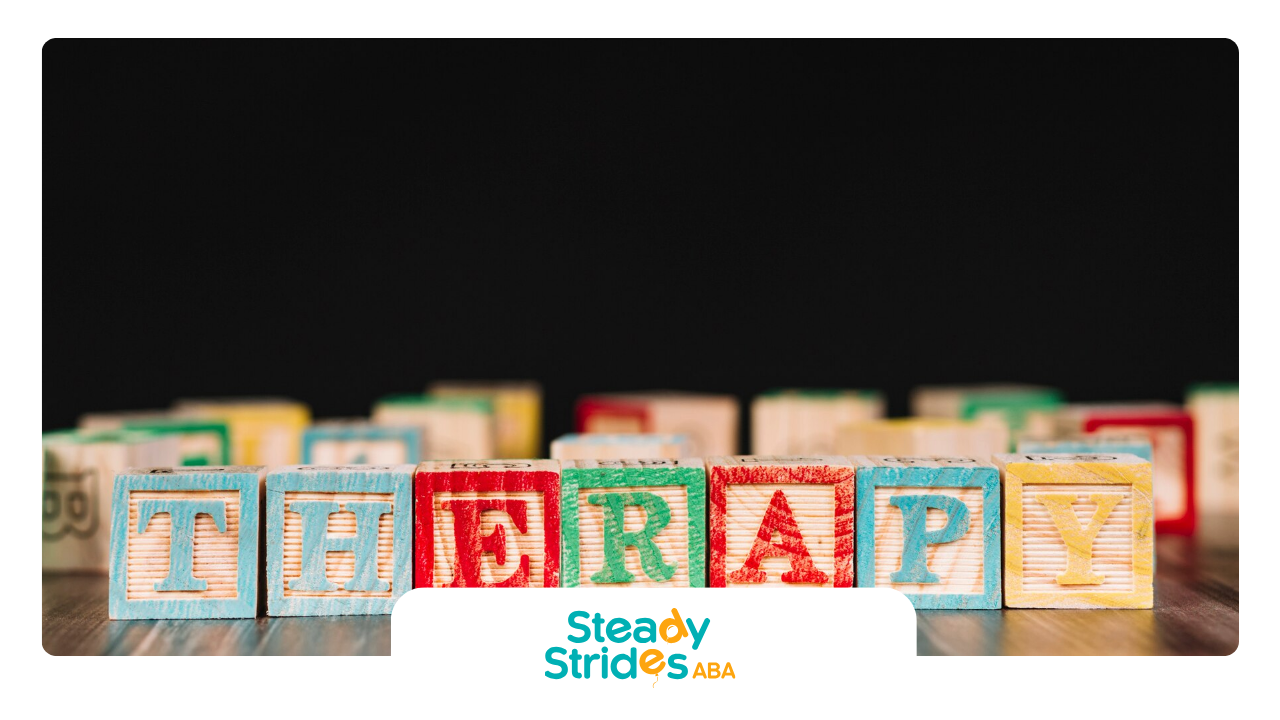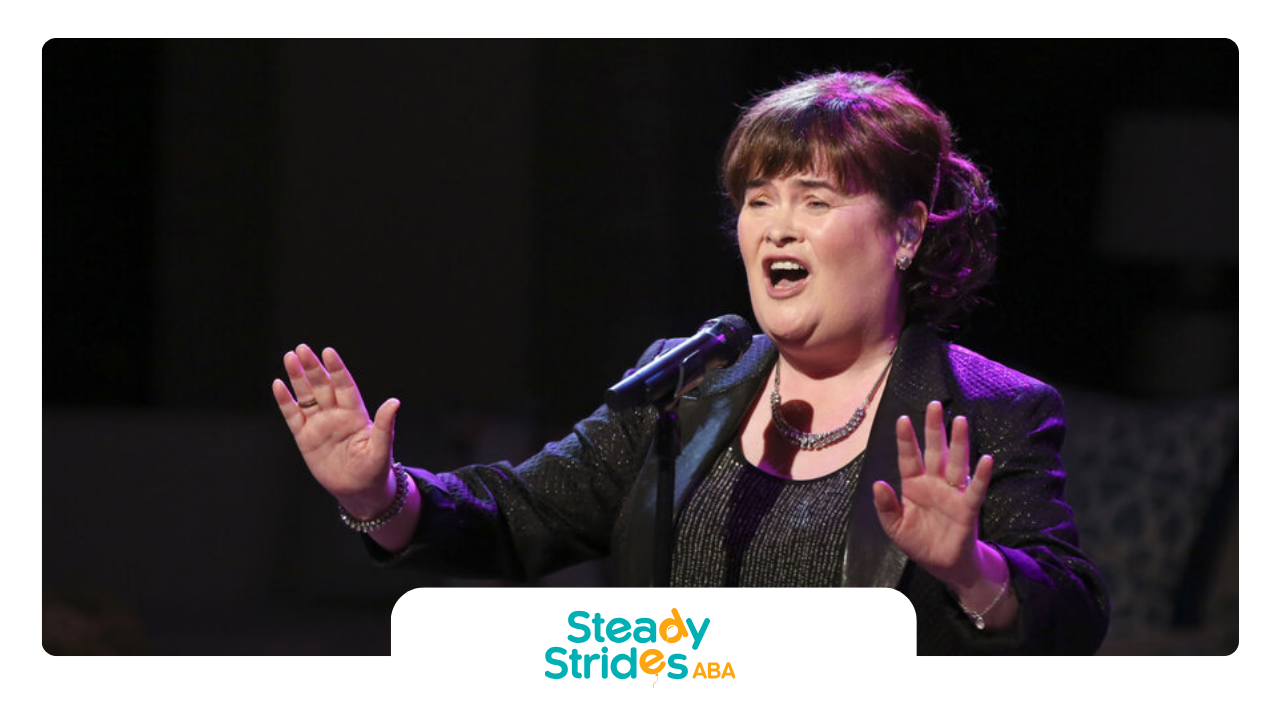Why Toys Matter for Autistic Kids
Toys aren't just for fun—they're essential for learning and growth, especially for kids with autism. Playtime helps with thinking, talking, and moving around, making the right toys super important for their development.
How Toys Help Kids Grow
For kids with Autism Spectrum Disorder (ASD), play is more than just a good time—it's a big part of how they learn and grow. The right toys can help them in so many ways. When you pick toys that fit their needs, they can really help kids with autism learn new things and get better at stuff they already know. Educational toys can help kids with autism get better at talking, solving problems, and more.
Playing with toys can help autistic kids improve their:
- Motor skills: By moving toys around and using their hands.
- Thinking skills: Through games that make them remember things and solve problems.
- Talking and understanding: By playing with others and using words.
- Feelings: By showing how they feel and understanding emotions.
Here's a quick look at how toys help in different areas:
| What Needs Help | How Toys Help |
|---|---|
| Moving Around | Better coordination and hand skills |
| Thinking | Better memory and problem-solving |
| Talking | More interaction and use of words |
| Feelings | Ways to show and understand emotions |
Sensory-Friendly Toys
Kids with autism often experience the world differently. Sensory-friendly toys are made to be gentle on their senses, like light, sound, touch, and smell, making playtime more enjoyable. These toys can help manage sensory issues by giving just the right amount of sensory input to calm, excite, or balance the child.
Sensory toys can:
- Help kids focus better.
- Reduce stress and anxiety.
- Make kids feel calm and relaxed.
These toys engage the senses and encourage kids to explore, be creative, and use their imagination. They also help with thinking, social skills, and emotions by providing different types of sensory stimulation, helping kids with autism interact with their surroundings.
For parents and caregivers looking for these toys, check out our sensory toys for children with autism to see how they can help your child's growth and happiness. You can also explore therapeutic toys for autism and developmental toys for autism for more options. For toys that encourage talking and playing with others, take a look at our interactive toys for autistic children.
Social Interaction and Cooperation
Helping kids with autism build social skills and communication is a big deal. Toys designed to boost these abilities can make a huge difference.
Boosting Social Skills
Toys that get kids to interact and cooperate are gold for autistic children. These toys often involve taking turns, sharing, working as a team, and chatting. Through play, kids pick up lessons on patience, understanding, and empathy.
Parents and teachers can pick toys that get kids to mix with others. Some great options are:
- Board games where kids take turns
- Playsets for group fun
- Sports gear for team activities
When kids enjoy these toys, playtime becomes both fun and a learning experience, improving their social skills and communication. For more toy ideas, check out our interactive toys for autistic children.
Communication Growth
Kids with autism often find communication tough. Educational toys can be a big help in improving both verbal and non-verbal skills. Toys that need talking, like board games with discussion prompts or ball games with verbal cues, encourage conversation and language growth.
Some examples of these toys are:
- Storytelling cards that get kids to make up and share stories
- Role-playing games that mimic social situations
- Interactive electronic toys that respond to voice commands
These toys introduce new words and help kids practice speaking in a safe setting. They learn to express themselves and understand others better.
Parents and therapists looking to boost communication skills in autistic kids might also want to check out developmental toys for autism designed to support language and cognitive growth. With the right toys, kids with autism can make big strides in talking and socializing.
Structured Play Sessions
Structured play sessions are a big deal for kids with autism. They provide a predictable and organized space where children can dive into activities that boost their learning and growth.
Why Structured Play Rocks
Structured play has a ton of perks for kids with autism. It helps them pick up essential life skills like following directions, taking turns, and solving problems. These sessions help kids get the hang of routines, which can be a lifesaver for those who struggle with unpredictability.
Plus, structured play gets kids interacting with
educational toys for autistic children, which can improve their social skills and communication. Playtime becomes not just fun but also rewarding, encouraging appropriate play and cutting down on self-stimulating behaviors.
| Benefits of Structured Play | What It Means |
|---|---|
| Skill Development | Boosts problem-solving, turn-taking, and following instructions. |
| Predictability | Offers a comforting routine for kids who dislike surprises. |
| Social Interaction | Promotes the use of therapeutic toys for autism to enhance social skills. |
| Communication | Helps develop both expressive and receptive language skills. |
| Engagement | Keeps kids actively involved and interested in various toys and games. |
Visual Schedules for Play
Visual schedules or prompts are game-changers for outlining activities and expectations during playtime. These tools give a visual rundown of what a play session will involve, helping kids with autism understand and get ready for the sequence of activities. Clear and consistent cues make transitions between different play activities smoother and less stressful.
Visual schedules can be customized to each child's needs and can include pictures, symbols, or written words. They can be presented in various formats, from traditional charts to digital apps, depending on what works best for the child. The predictability offered by these schedules supports a child's sense of security and can lead to more fruitful play experiences.
Using visual schedules not only helps organize play sessions but also teaches kids independence and self-management skills. By learning to follow a visual schedule, children with autism can gain a greater sense of control over their environment and activities.
Structured play and visual schedules, when combined with interactive toys for autistic children and sensory toys for children with autism, create a well-rounded approach to supporting the developmental needs of kids on the autism spectrum. These practices not only make playtime more enjoyable but also contribute to the overall well-being and growth of the child.
Sensory Toys for Autistic Kids
Sensory toys are game-changers for kids with autism. They’re not just playthings; they’re tools that help kids manage their sensory needs. Parents, therapists, and teachers can use these toys to make life a bit easier and more fun for these kids.
How They Help
Sensory toys are designed to engage the senses. For kids with autism, this can be a big deal. These toys can touch on different senses like touch, sound, sight, or even the sense of body position. Depending on what a child needs, these toys can calm them down, wake them up, or help them stay balanced.
Here are some examples:
- Weighted Blankets and Toys: These give a comforting pressure that can help kids feel less anxious and more relaxed.
- Sensory Swings: These can make kids feel safe and help them understand where their body is in space.
- Vibrating Toys and Pillows: These provide a gentle buzz that can be very soothing.
Using these toys every day can help kids sleep better, switch between activities more smoothly, and handle different social situations.
Why They’re Awesome
Sensory toys come with a bunch of benefits for kids with autism:
- Focus and Attention:
These toys can help kids concentrate better and stay on task, making learning more effective.
- Stress and Anxiety Relief:
They can help kids relax and feel calm, which is super important.
- Sleep and Relaxation:
Weighted blankets and vibrating toys can help kids sleep better, which is often a challenge.
- Cognitive, Social, and Emotional Development: Playing with these toys can spark creativity and imagination, helping kids grow in many ways.
If you’re looking for specific toy recommendations or more info, check out resources like sensory toys for children with autism and therapeutic toys for autism. For more on how these toys can help with cognitive and social skills, take a look at developmental toys for autism and interactive toys for autistic children. These resources can guide caregivers and professionals to find the best toys to support the growth and development of autistic kids.
Boosting Communication Skills
For kids with Autism Spectrum Disorder (ASD), talking and understanding others can be tricky. But hey, there's a way to make it fun! Using educational toys designed to help with communication can really make a difference. These toys can help kids with both talking and understanding what others say.
Toys That Get Kids Talking
Toys that help with communication can be a game-changer for kids with autism. These toys can make a big impact. Here are some examples:
- Board games: These can teach kids to take turns and use words to explain their moves or strategies.
- Interactive toys: Toys that respond to voice commands can encourage kids to speak and practice their words.
- Puppets: Using puppets in role-play can help kids act out social situations and practice conversations.
Using these
interactive toys for autistic children during playtime gives kids a safe space to practice talking and listening.
| Toy Type | Communication Skill Targeted |
|---|---|
| Board Games | Talking and Taking Turns |
| Interactive Toys | Responding to Voice Commands |
| Puppets | Role-playing Conversations |
Tools for Learning Language
Language tools are special educational resources that help kids understand and use words better. These tools include:
- Flashcards: Cards with pictures and words to help build vocabulary.
- Storytelling kits: Kits that let kids create their own stories, helping with language structure and creativity.
- Electronic devices: Gadgets or apps that give feedback on pronunciation and usage.
Using these tools can help kids think better and improve their ability to talk, ask questions, and express their feelings. Resources like Alphabet Trains highlight how these toys can help kids learn new words and think better.
Besides toys and language tools, play therapy is another great way to help kids with autism communicate better. It gives them a chance to explore and express themselves, which can boost their talking skills.
Helping kids with autism improve their communication skills takes a mix of different strategies and tools. By picking the right educational toys and resources, caregivers and therapists can create a fun learning environment that helps kids talk better and enjoy themselves. For more ideas, check out developmental toys for autism and therapeutic toys for autism.
Cognitive and Social Development
Helping kids with autism grow cognitively and socially can be a game-changer, and the right toys can make all the difference. If you're a parent, therapist, or teacher hunting for educational toys for autistic children, knowing which toys to pick and how they help is key.
Brain-Boosting Toys
Toys that boost brainpower help kids develop skills like problem-solving, memory, focus, and spatial awareness. Think Legos, puzzles, and building blocks. These toys demand fine motor skills and mental engagement, which can improve coordination and attention spans in autistic kids. They don't just make kids more dexterous; they also sharpen their problem-solving skills and concentration.
| Toy Type | Skills Boosted |
|---|---|
| Legos | Fine motor, problem-solving, focus |
| Puzzles | Problem-solving, memory, spatial awareness |
| Building Blocks | Creativity, visual and spatial skills |
Info from Alphabet Trains
Educational electronic games are another great option. They can enhance visual and spatial skills, boost memory, and foster problem-solving abilities. Plus, they're fun and can be a great way for kids who love screens to learn and interact.
For more on toys that support cognitive growth, visit our page on therapeutic toys for autism.
Social Skills Toys
Toys that help kids socialize are crucial for their development. These toys encourage interaction and communication, which can be tough for kids with autism.
Cause-and-effect toys are super helpful because they give immediate feedback, keeping kids engaged and building essential skills. These toys not only help with cognitive development but also improve fine motor skills, hand-eye coordination, and sensory processing.
Role-playing and pretend-play toys are also great for social skills. They give kids a chance to express themselves and interact with others in a structured way.
| Toy Type | Social Skills Boosted |
|---|---|
| Role-Playing Toys | Communication, empathy, cooperation |
| Board Games | Turn-taking, patience, teamwork |
| Cause and Effect Toys | Engagement, understanding relationships |
By introducing a variety of toys and games, parents and educators can help autistic kids improve their social skills and communication abilities, making playtime both fun and rewarding. To explore more about interactive toys that can enhance social skills, check out our selection of interactive toys for autistic children.
In short, picking the right cognitive and social toys can make a huge difference for kids with autism. These toys make learning fun and support overall development, helping kids integrate better into social settings.



